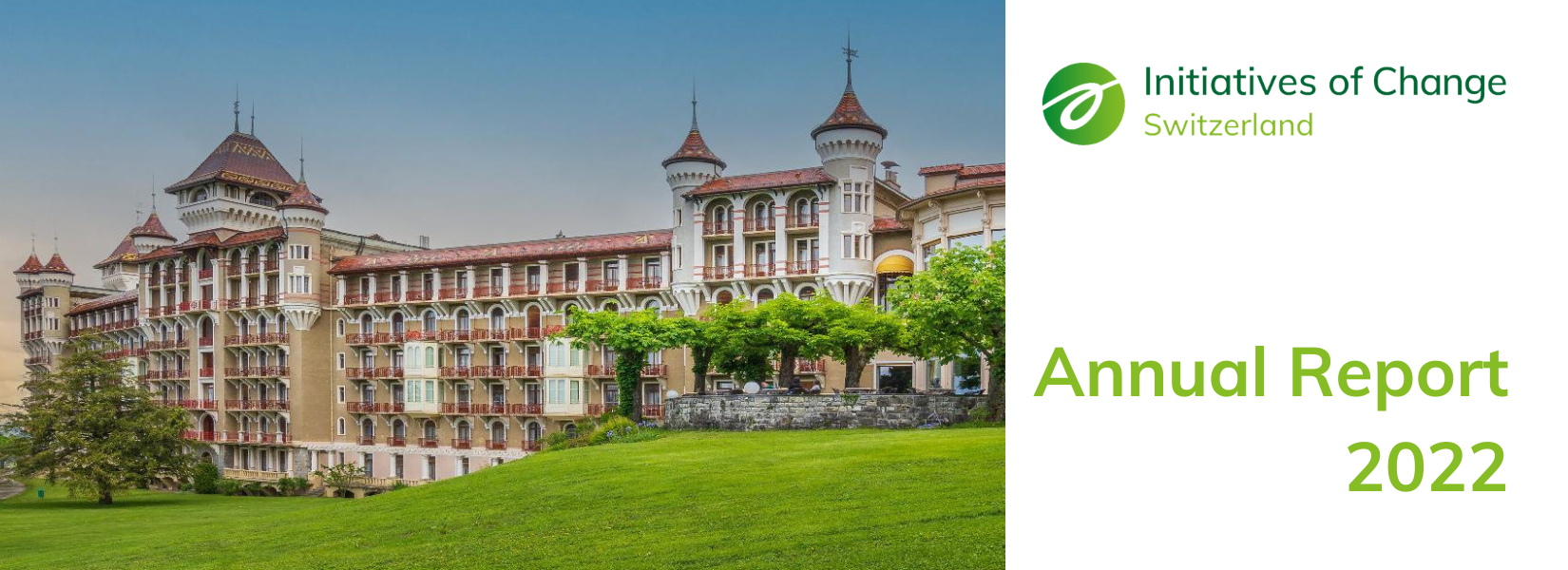Asmaa Sleem 2023
Asmaa Sleem is Egyptian and believes that the main hope of any nation lies in the education of its youth. She is also convinced that hope for this world means spreading peace, mindfulness, justice and moral integrity through people’s education, raising awareness, living consciously and the power of togetherness. She sees herself as a lifelong learner and has worked in peace facilitation and conflict transformation.
